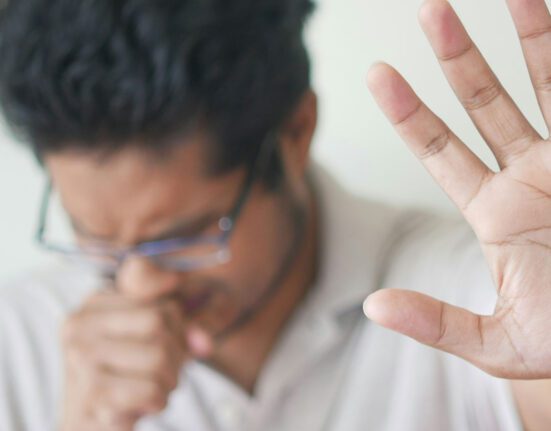Tremors. What are they?
What it is:
Tremors, an involuntary rhythmic shaking of the hands, limbs, or other parts of the body, have been identified as a noteworthy symptom in long COVID. These tremors can vary in intensity and may significantly impact an individual’s motor control and daily activities.
Typical Symptoms:
Individuals experiencing tremors in long COVID may notice rhythmic shaking or quivering, particularly in the hands. The tremors can be present during both rest and movement, affecting fine motor skills. Understanding and addressing these neurological symptoms is crucial for comprehensive long COVID management.
Who Gets It:
Tremors in long COVID are observed across diverse age groups and do not necessarily correlate with the severity of initial COVID-19 symptoms. The underlying mechanisms linking COVID-19 to neurological symptoms like tremors are still being explored, emphasizing the need for ongoing research in this area.
Key Points:
- Tremors, characterized by involuntary shaking, are a distinct symptom in long COVID.
- The shaking can affect various parts of the body, particularly the hands.
- Tremors may persist irrespective of the severity of initial COVID-19 symptoms.
- Ongoing research is essential to understand the neurological implications of long COVID.
- Multidisciplinary approaches, including neurology assessments and rehabilitation strategies, play a vital role in managing tremors associated with long COVID.
Tremors in long COVID underline the complex and varied nature of post-acute sequelae, emphasizing the importance of a nuanced and interdisciplinary approach to address the diverse symptoms and challenges faced by those on the long road to recovery..
Long Covid The Answers
Relief:
- Medication Management: Collaborating with healthcare providers to explore medication options such as beta-blockers, anticonvulsants, or muscle relaxants can help manage symptoms of tremors, reduce tremor severity, and improve functional capacity for individuals navigating long COVID-related tremor symptoms.
- Physical Therapy: Participating in physical therapy programs focused on exercises to improve coordination, balance, and muscle control can help alleviate tremors and improve functional mobility for individuals experiencing tremor symptoms in the context of long COVID.
- Stress Reduction Techniques: Practicing stress reduction techniques such as deep breathing exercises, mindfulness meditation, or progressive muscle relaxation can help modulate tremor severity, promote relaxation, and enhance coping skills for individuals managing long COVID-related tremor symptoms.
- Lifestyle Modifications: Adopting lifestyle modifications such as avoiding caffeine, alcohol, and stimulants, ensuring adequate rest and hydration, and maintaining a balanced diet can help minimize exacerbation of tremors and promote overall well-being for individuals grappling with long COVID-related tremor symptoms.
Credible Sources of Information:
Coming Soon








